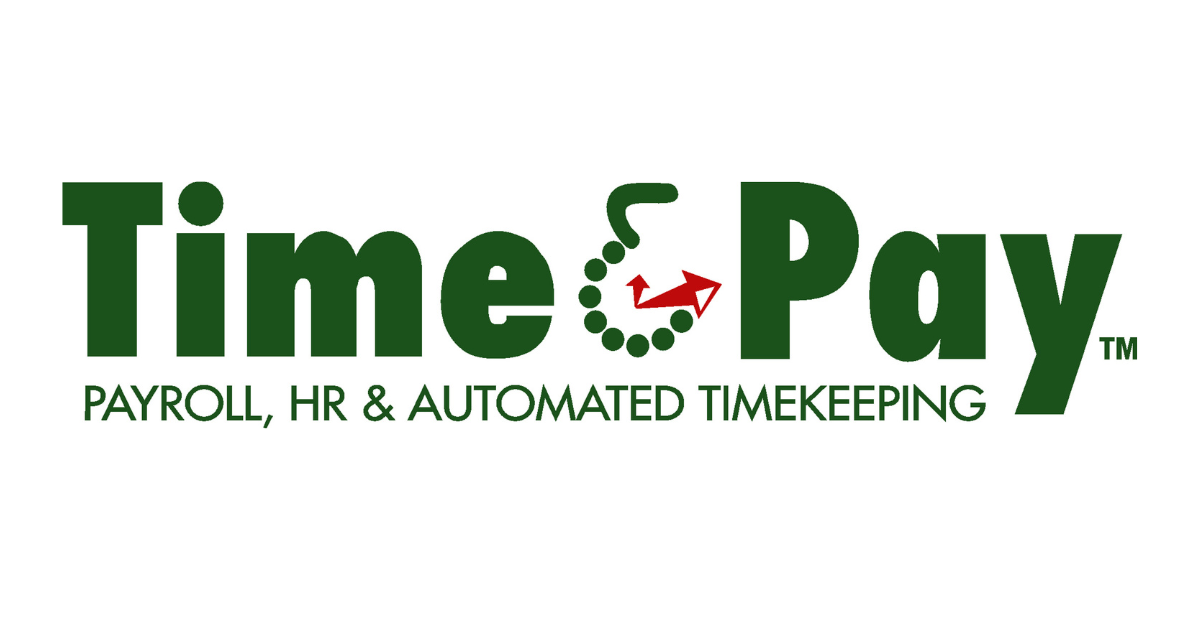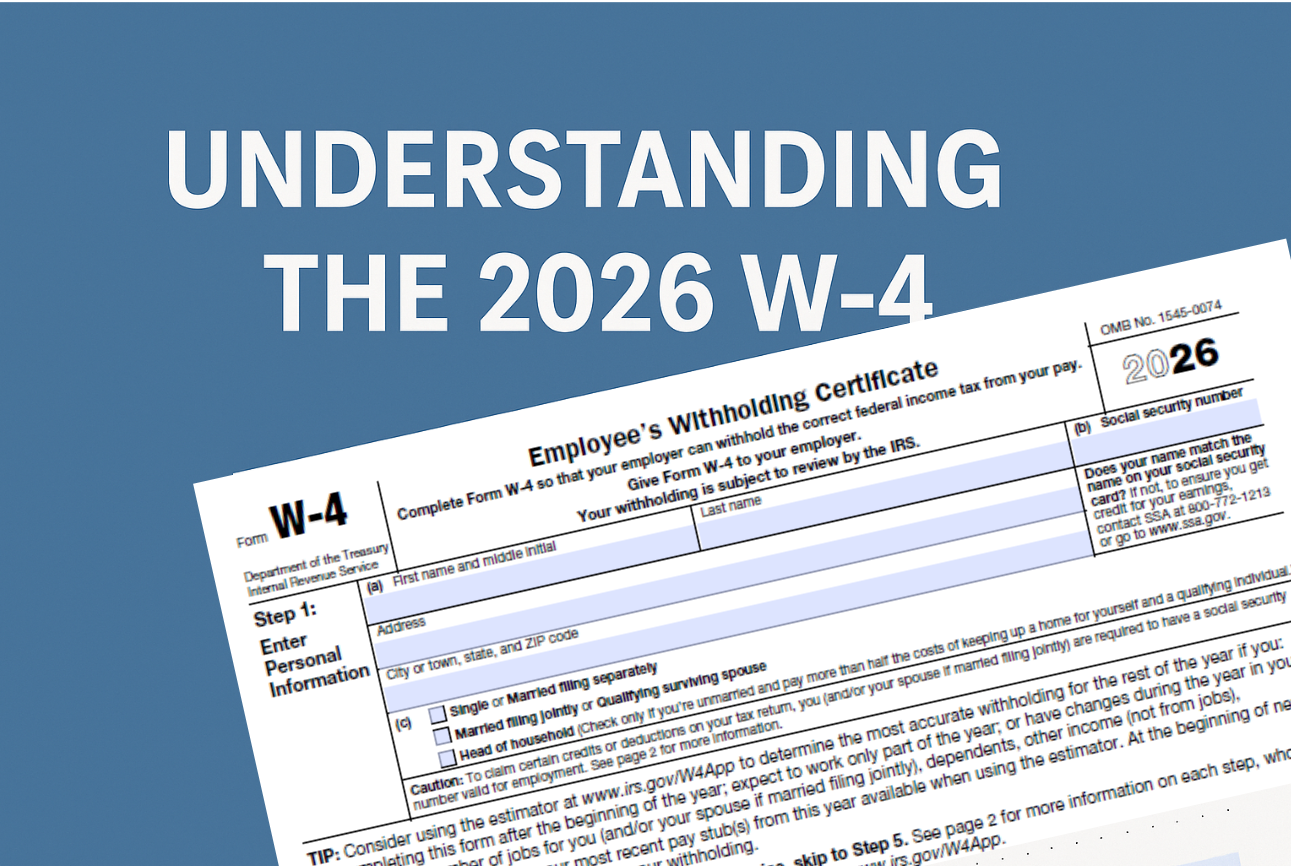WOTC Is Win-Win
Did you know you could save thousands on taxes just by hiring from certain groups? Welcome to the world of the Work Opportunity Tax Credit (WOTC), a federal program designed to reward inclusive hiring practices. Let's dive into how this credit can benefit your business and contribute to a more diverse workforce.
What's the WOTC All About?
The WOTC is a federal tax credit for employers who hire individuals from specific targeted groups that have historically faced barriers to employment. It's not just a feel-good initiative; it's a smart business move. In 2020 alone, 1.6 million WOTC certifications were issued, highlighting the program's growing popularity among savvy employers.
"Employers may meet their business needs and claim a tax credit if they hire an individual who is in a WOTC targeted group."
Show Me the Money: Tax Credit Details
Here's where it gets exciting. Depending on the targeted group and the wages paid, your business could receive a tax credit ranging from $2,400 to $9,600 per eligible employee. That's a significant chunk of change that could directly impact your bottom line.
"The credit available ranges from $2,400 up to $9,600, depending on the targeted group and qualified wages paid to the new employee."
How to Get Started
- Identify Eligible Candidates: Look for job seekers from WOTC target groups.
- Get Certified: You'll need to secure certification for each eligible new hire.
- File for the Credit: Include the credit when filing your business taxes.
Finding Your Next Star Employee
American Job Centers (AJCs) are your secret weapon in connecting with eligible candidates. These centers can help you recruit talent, host job fairs, and even conduct skills assessments. It's like having a free HR department at your fingertips!
"AJCs can assist employers in recruiting talent, hosting job fairs, conducting skills assessments..."
Ready to Boost Your Business and Make a Difference?
By tapping into the WOTC and related programs, you're not just saving money – you're contributing to a more inclusive workforce and giving opportunities to those who might otherwise be overlooked. It's a win-win situation that benefits your business, your employees, and society as a whole.
Time & Pay's Hire & Onboarding system can help you screen for WOTC-eligible candidates, and even help you claim these credits with just a few clicks! What was once an overwhelming, tedious task with hours of paperwork is now automated through Time & Pay. Contact us today to learn more!
For more information on WOTC, visit the U.S. Department of Labor WOTC website.




